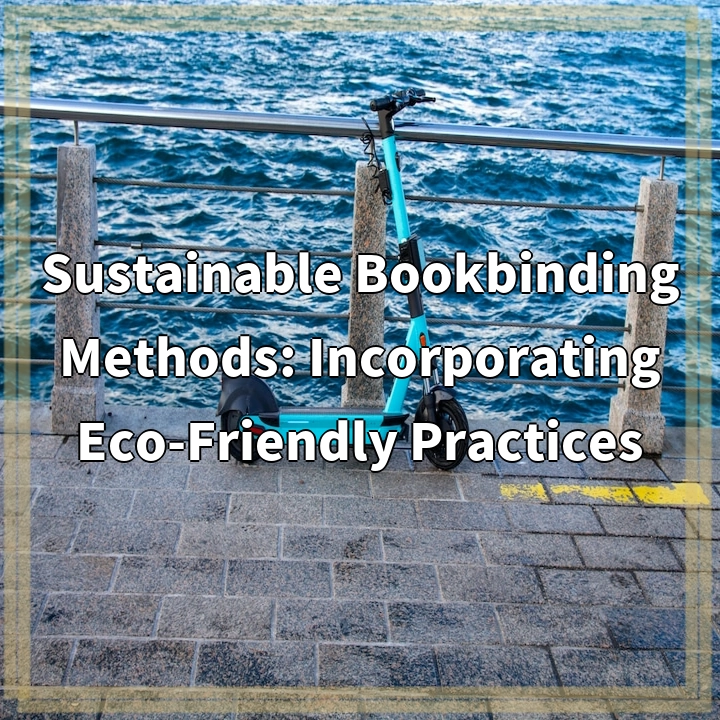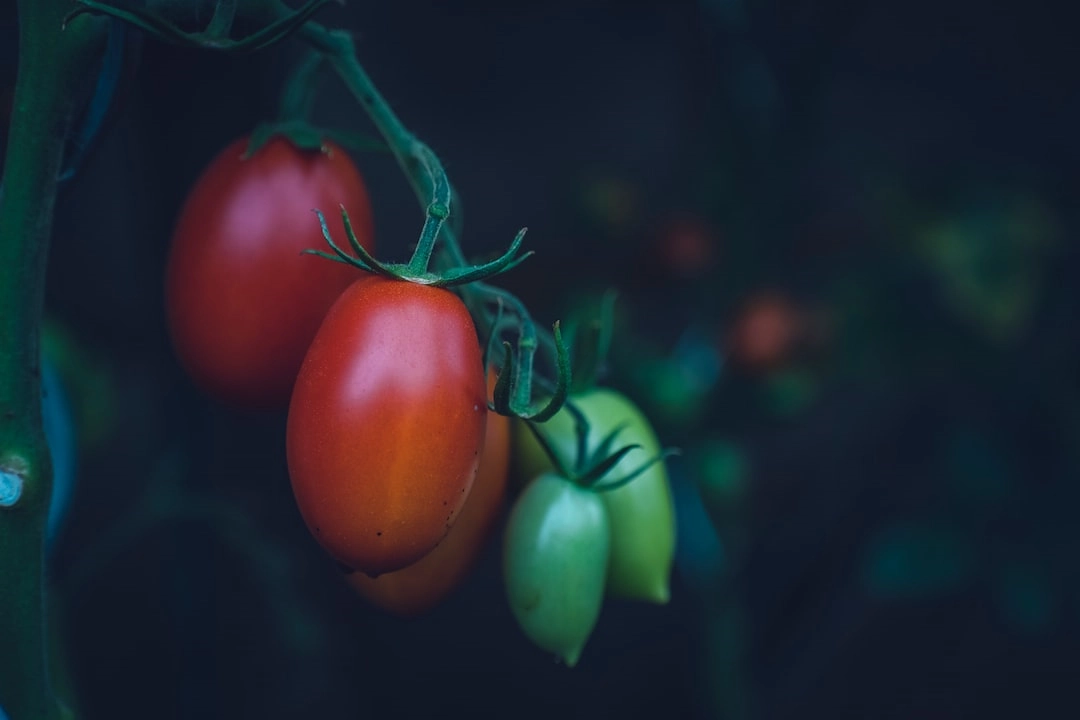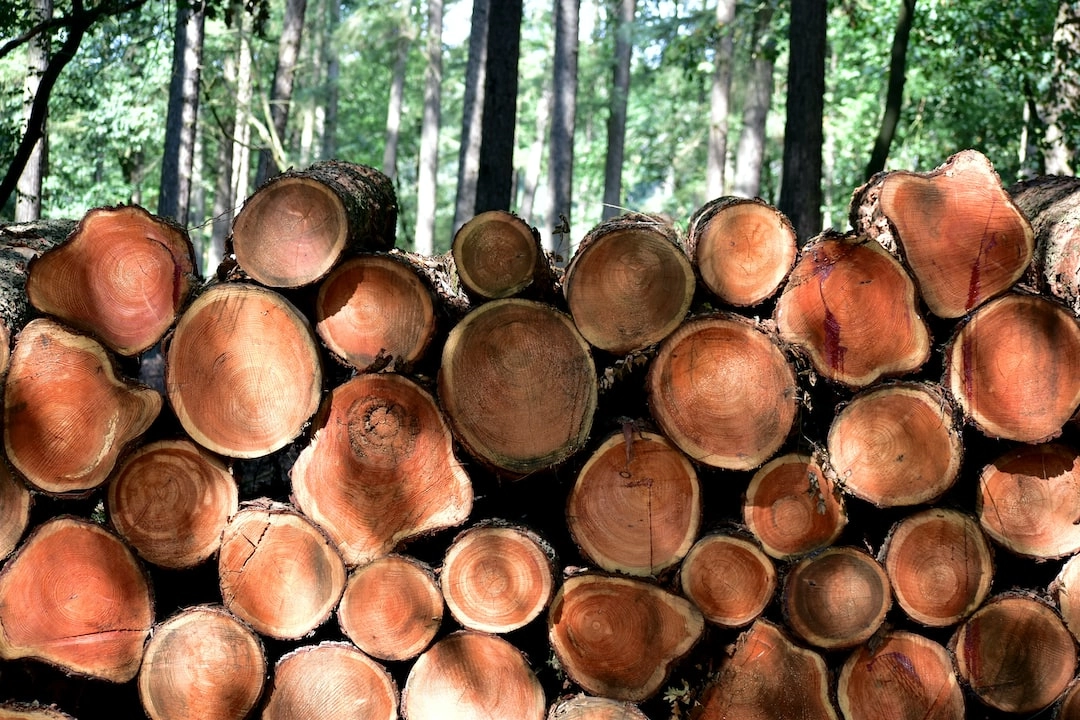
What are Sustainable Bookbinding Methods?
Sustainable bookbinding methods refer to techniques and practices used in the bookbinding industry that prioritize environmental responsibility and minimize the negative impact on the environment. These methods aim to reduce waste, conserve resources, and promote eco-friendly materials and processes.
Real-world Problems Associated with Traditional Bookbinding
1. Deforestation and Resource Depletion
Traditional bookbinding often involves the use of materials derived from unsustainable sources, such as paper made from virgin wood pulp. This contributes to deforestation, which leads to habitat loss, soil erosion, and ultimately, climate change.
2. Chemical Usage and Pollution
Conventional bookbinding methods often rely on the use of toxic chemicals, such as solvents and adhesives, which can have detrimental effects on both human health and the environment. Improper disposal of these chemicals can contaminate water bodies and pollute the air.
3. Generation of Waste
Traditional bookbinding practices generate a significant amount of waste, including paper scraps, offcuts, and discarded materials. This waste often ends up in landfills, where it contributes to greenhouse gas emissions and takes years to decompose.
4. High Energy Consumption
The traditional bookbinding process requires a substantial amount of energy, from the production of materials to the operation of machinery. This reliance on non-renewable energy sources further contributes to carbon emissions and exacerbates climate change.
5. Lack of Awareness and Sustainability Initiatives
One of the major challenges in the bookbinding industry is the lack of awareness about sustainable alternatives and the limited adoption of eco-friendly practices. Many bookbinders and consumers are unaware of the environmental impact of traditional methods, and there is a need for increased education and initiatives to promote sustainable bookbinding.

Solutions for Sustainable Bookbinding
Addressing the real-world problems associated with traditional bookbinding methods requires a shift towards sustainable practices. Here are some solutions:
1. Sustainable Materials
Exploring alternative materials for bookbinding can greatly reduce environmental impact. Options include using recycled paper and cardstock, plant-based and biodegradable adhesives, and eco-friendly inks.
2. Forest Stewardship
Opting for responsibly sourced paper and supporting certified sustainable forestry practices, such as those endorsed by the Forest Stewardship Council (FSC), helps combat deforestation and ensures the protection of ecosystems.
3. Non-Toxic Alternatives
Replacing toxic chemicals with non-toxic alternatives, such as soy-based inks and water-based adhesives, reduces harm to both human health and the environment. By using eco-friendly solvents and cleaners, pollution can be minimized.
4. Waste Reduction and Recycling
Implementing strategies to reduce waste generation, such as proper material measurement and efficient design practices, can help minimize scrap and offcuts. Recycling, composting, and repurposing materials are additional ways to reduce waste and conserve resources.
5. Energy Efficiency
Adopting energy-efficient practices, such as using machinery with low energy consumption and optimizing production processes, can reduce carbon emissions and the environmental impact associated with energy use.
6. Education and Collaboration
Increasing awareness about sustainable bookbinding methods through educational campaigns, workshops, and industry collaborations can drive change. Encouraging bookbinders and consumers to embrace eco-friendly practices is essential for a widespread shift towards sustainability in the industry.















